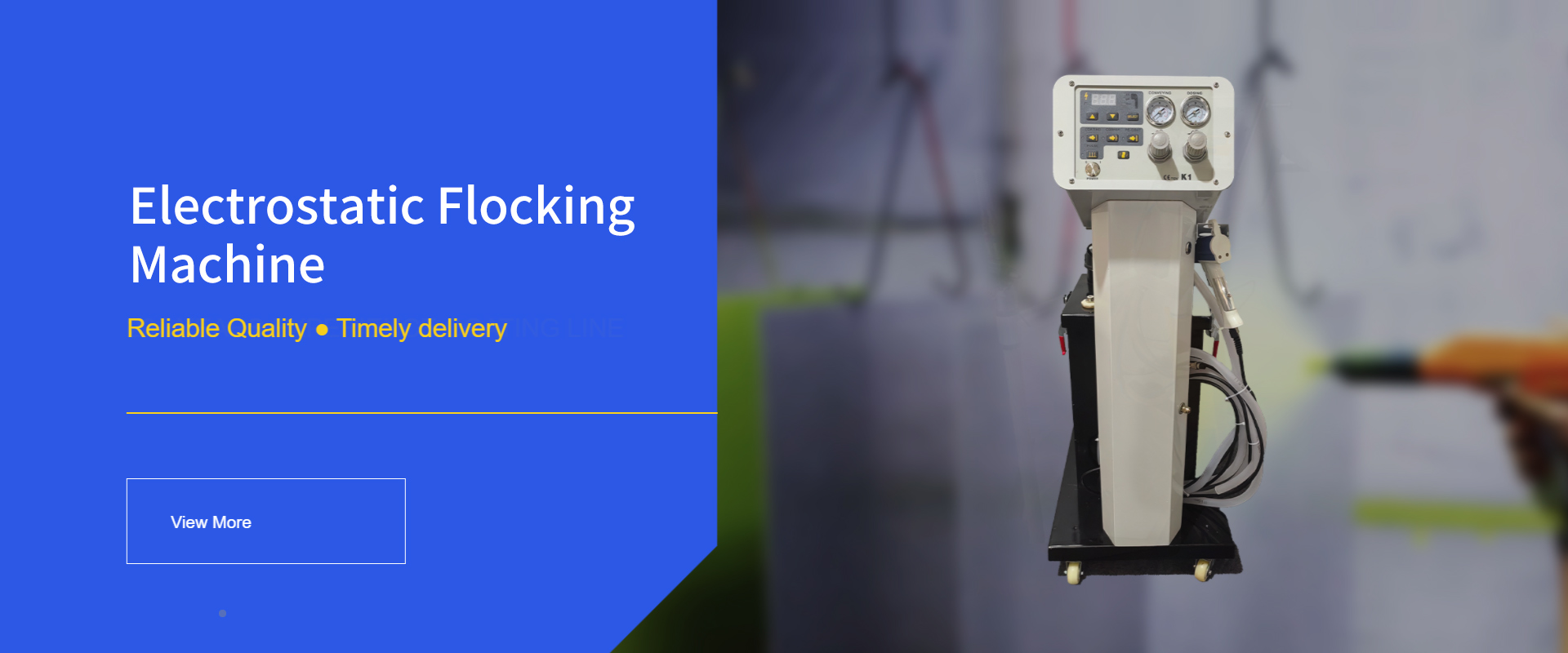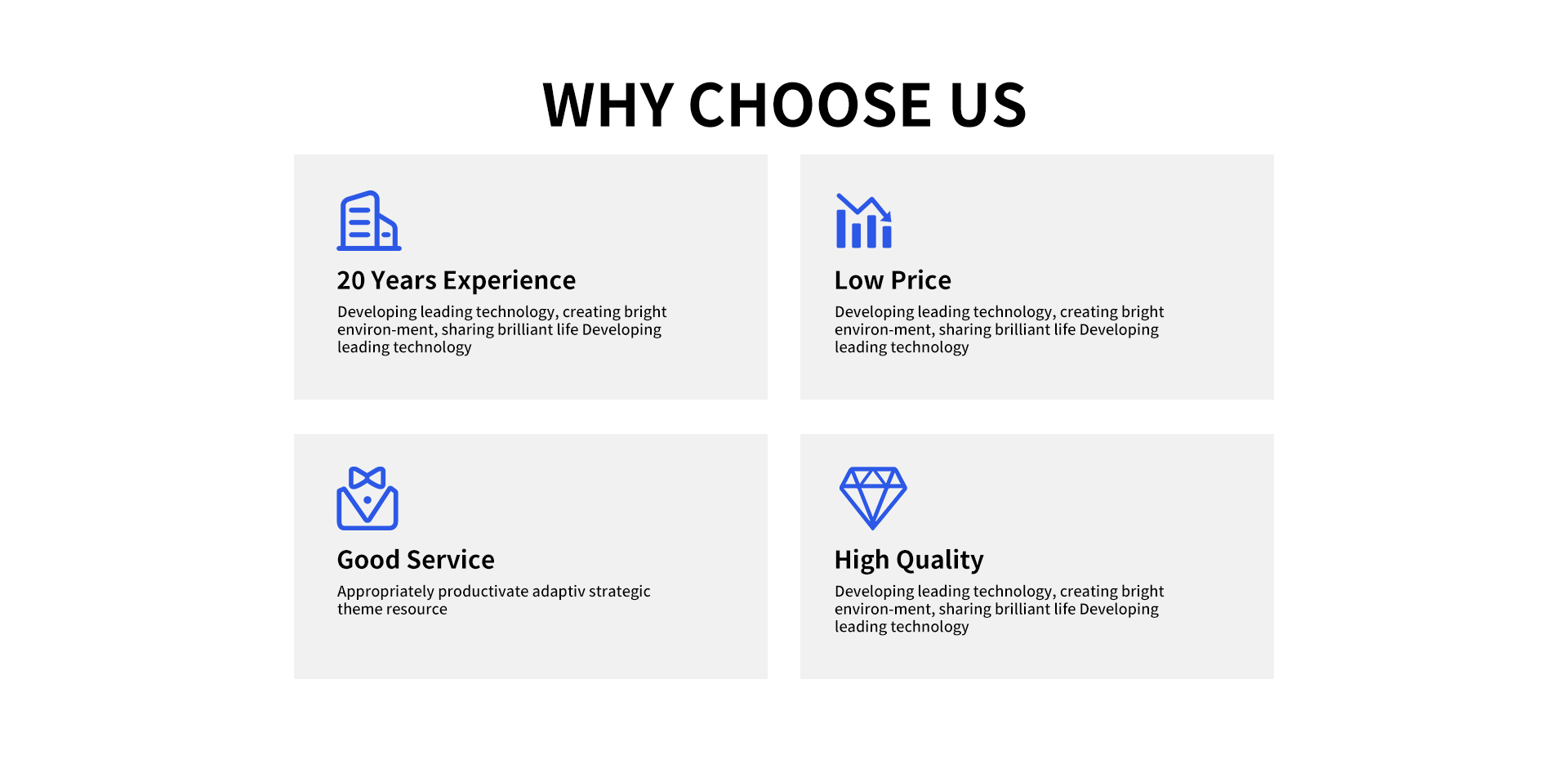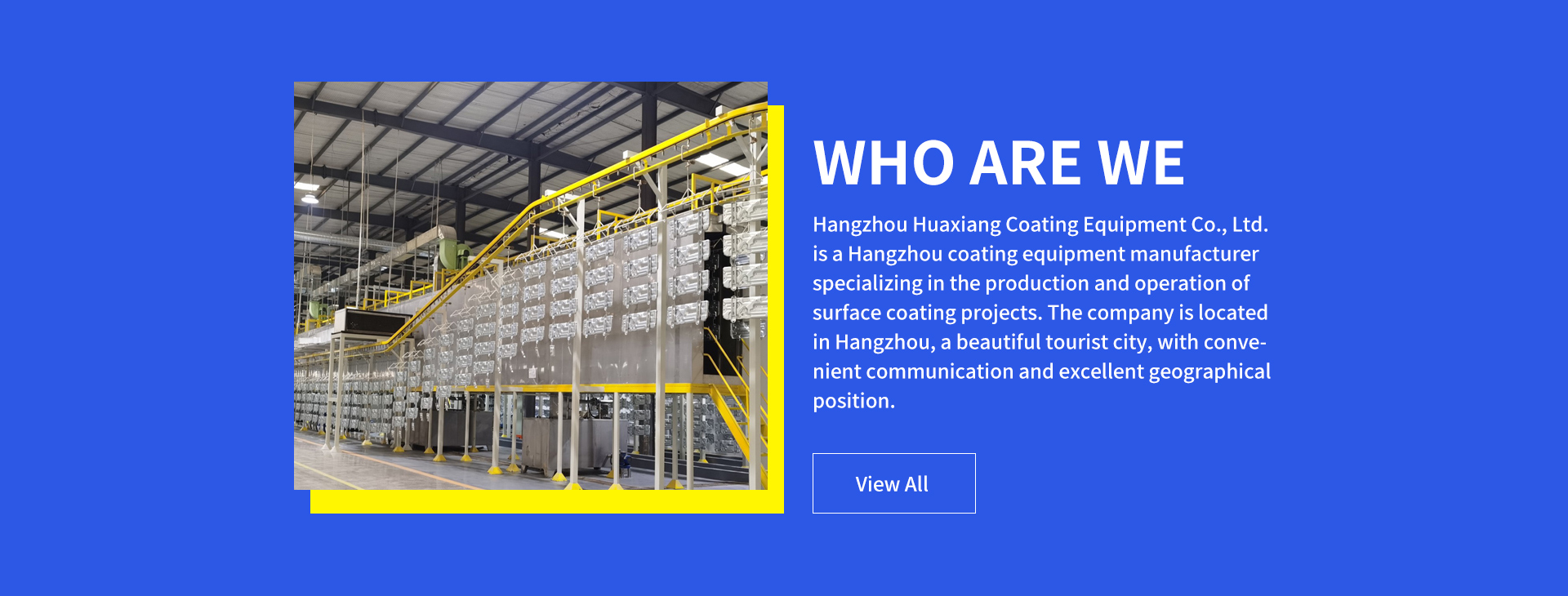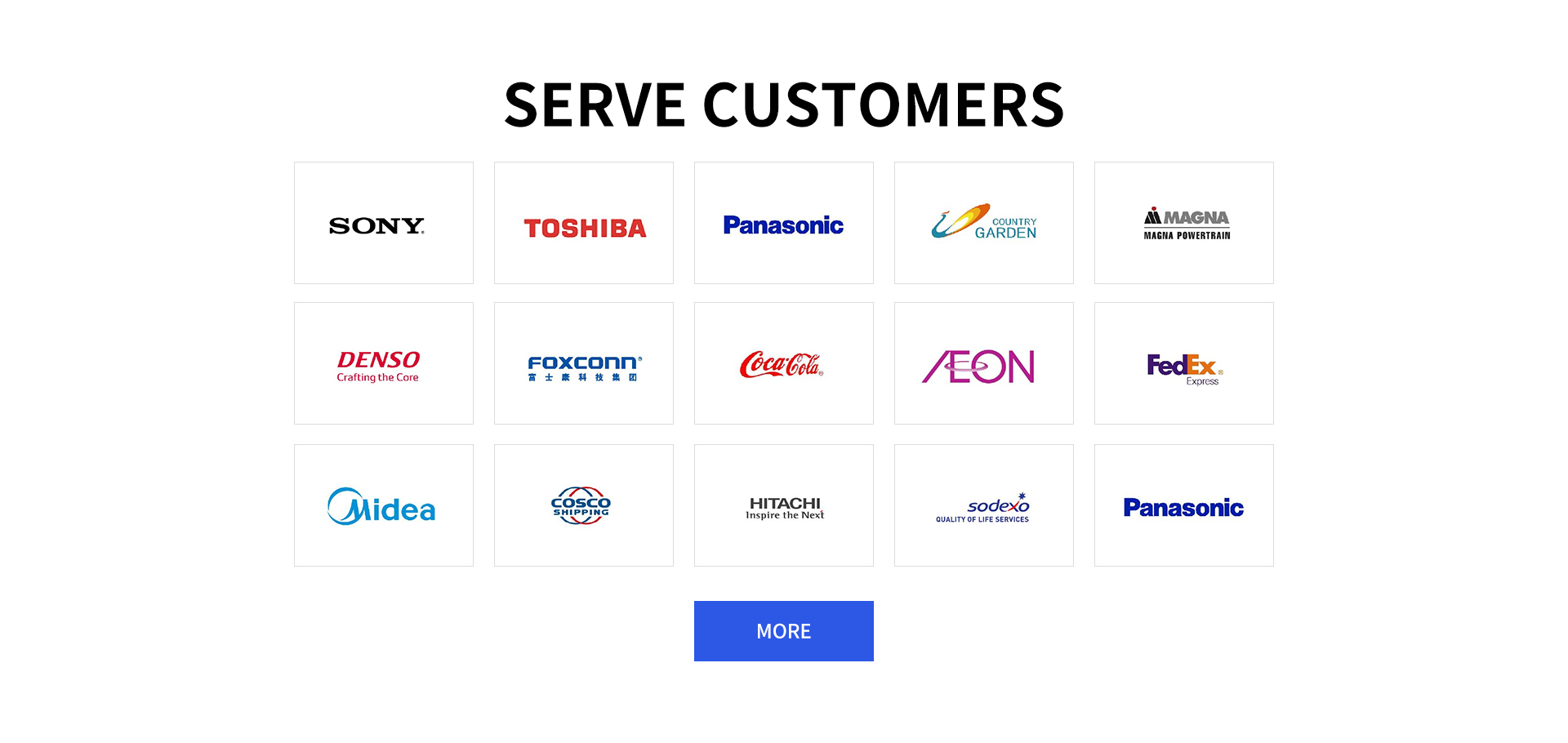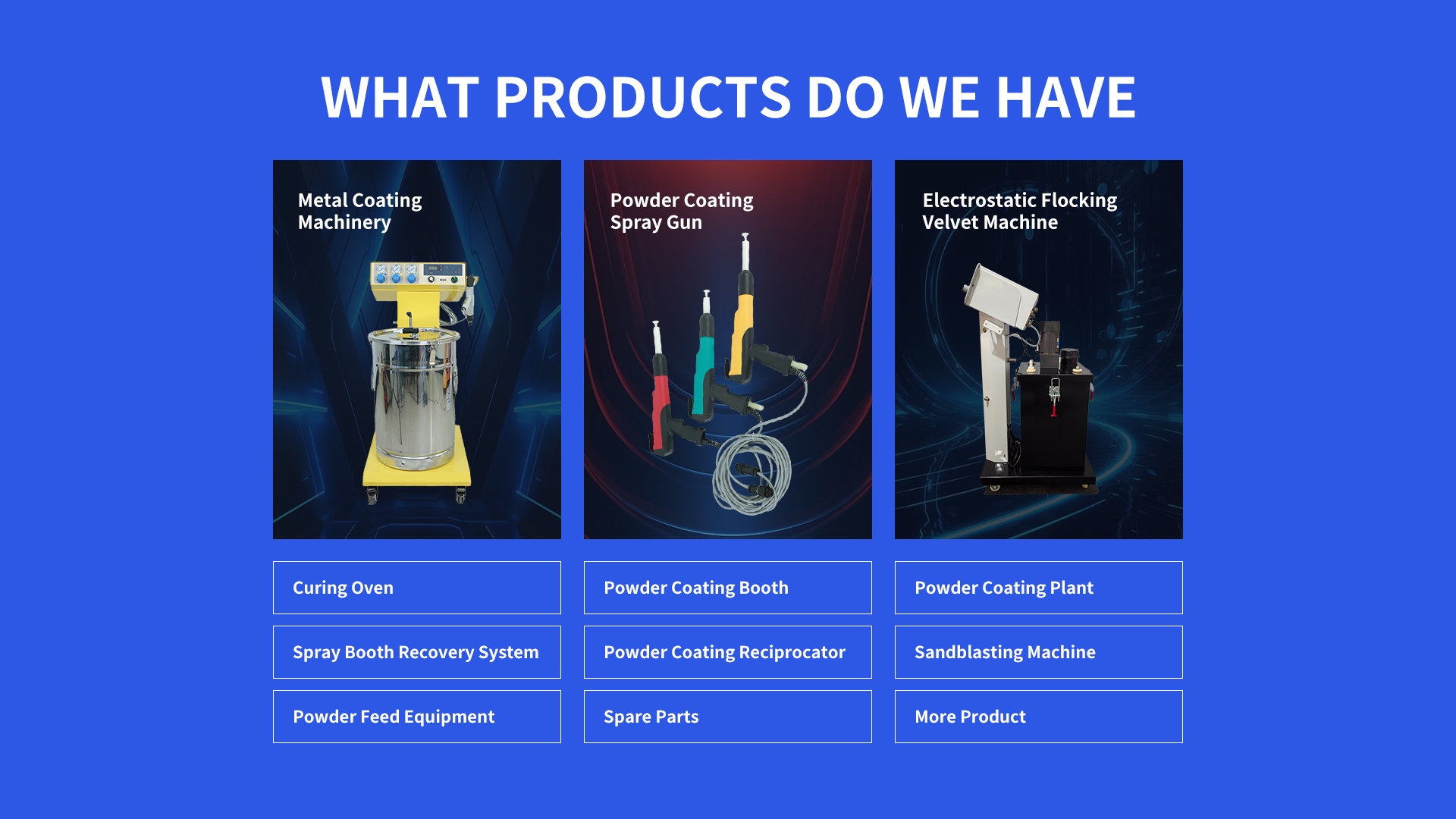Industrial Powder Coating Booth projects focus on large-scale, repeatable finishing for bulk production. These projects coat thousands of parts daily—from car frames and steel beams to appliance panels and machinery components. They integrate with pre-treatment lines and curing ovens, forming continuous workflows that minimize downtime. Whether handling metal, aluminum, or galvanized surfaces, Industrial Powder Coating Booth systems ensure each part receives identical coating thickness and adhesion, critical for brand quality standards and performance requirements in heavy-duty applications.
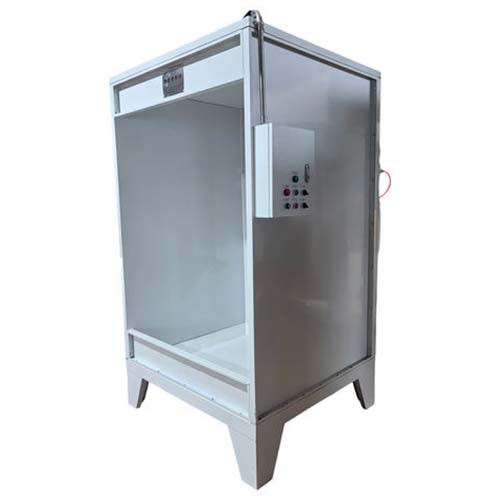
Industrial Powder Coating Booth surface treatment technology combines precision prepping and advanced application. Pre-treatment removes contaminants: alkaline cleaning strips oils, acid etching removes rust, and phosphating creates a bonding layer. Parts then enter the
Industrial Powder Coating Booth, where electrostatic guns charge powder particles, attracting them to grounded surfaces for even coverage. Post-application, parts move to curing zones (180–220°C) where powder melts into a hard, chemical-resistant film. This technology ensures adhesion strength, corrosion resistance, and color consistency across thousands of units.
Industrial Powder Coating Booth is a large, fixed enclosure designed for high-volume powder coating in manufacturing settings. Unlike portable models, it handles continuous production, with capacities ranging from hundreds to thousands of parts daily. It integrates with automated conveyors, robotic spray arms, and centralized powder delivery systems, reducing manual labor. Constructed from durable materials like steel or reinforced polyester, it contains overspray, controls airflow, and supports efficient powder recovery, making it a core component of industrial finishing lines.
Booth Enclosure: A rigid, sealed structure (steel or composite panels) that contains overspray, prevents contamination, and maintains controlled temperatures. Its size varies by production needs, with large models accommodating truck frames or industrial machinery.
Ventilation and Filtration System: Powerful fans draw air through high-efficiency filters (HEPA or cartridge) to capture excess powder. Exhaust systems expel clean air, while recirculation features reduce waste by reusing viable powder particles.
Powder Application Equipment: Includes automated robotic arms or manual electrostatic spray guns. These devices charge powder particles (via corona or tribo charging) to adhere to grounded parts, ensuring uniform coverage even on complex shapes.
Powder Recovery Unit: Collects overspray using cyclones or vacuum systems, separating reusable powder from debris. This unit reduces material waste and lowers operational costs in high-volume settings.
Curing Integration: Often connected to inline ovens with precise temperature controls (160–240°C) to fuse powder into a durable finish. Some booths include built-in curing zones for small parts, streamlining workflows.
Control Panel: Monitors and adjusts spray pressure, conveyor speed, temperature, and airflow. Advanced models feature touchscreens and data logging for quality control and process optimization.
Industrial Powder Coating Booth systems deliver high production rates, handling thousands of parts daily without sacrificing quality. Their automated processes ensure consistent coating thickness and adhesion, critical for meeting industry standards (e.g., automotive ISO requirements). They reduce material waste via efficient powder recovery, cutting long-term costs. Unlike liquid paints, powder contains no VOCs, aligning with environmental regulations. Durable finishes resist chipping, corrosion, and UV damage, extending product lifespans. Integration with production lines minimizes manual handling, lowering labor expenses and error risks.
Optimizing production speed in an
Industrial Powder Coating Booth requires balancing throughput with quality. Start by calibrating conveyor speeds to match curing times—faster speeds work for thin coatings, while thick layers need slower movement. Adjust spray gun pressure and powder flow to cover parts in fewer passes, reducing dwell time. Use robotic arms for consistent, rapid application on uniform parts, reserving manual guns for complex shapes. Ensure pre-treatment lines feed parts continuously to avoid booth idle time. Regularly clean filters and recovery systems to maintain airflow, preventing bottlenecks. Data from the control panel can identify slowdowns, such as uneven powder flow, allowing real-time adjustments to keep production on pace.
Maintaining ventilation systems in an
Industrial Powder Coating Booth preserves efficiency and air quality. Inspect filters weekly—replace disposable ones when clogged; clean reusable types with compressed air to remove powder buildup. Check fan belts and motors monthly for wear, lubricating moving parts to prevent breakdowns. Clear exhaust ducts of debris quarterly to avoid airflow restrictions, which can cause overspray buildup inside the booth. Test pressure differentials regularly to ensure the booth remains under negative pressure, preventing powder leakage. Calibrate fan speed settings to match production volume—higher speeds for heavy coating runs. Proper maintenance reduces energy use, extends equipment life, and ensures compliance with air quality regulations.
Choosing the right size
Industrial Powder Coating Booth depends on part dimensions and production volume. Measure the largest part’s height, width, and length, then add 2–3 feet to each dimension to accommodate spray guns and conveyor systems. For high-volume lines, calculate hourly part count—booths with wider openings or multiple spray zones handle more parts simultaneously. Consider future growth: select a model that can expand with additional spray stations or longer conveyor sections. Factor in facility space, ensuring enough room for pre-treatment and curing equipment adjacent to the booth. Matching size to needs prevents underutilization or bottlenecks, maximizing return on investment.
Ensuring safety in an
Industrial Powder Coating Booth involves strict adherence to guidelines. Install explosion-proof lighting and equipment, as powder dust is combustible. Use grounding cables for booth frames, conveyors, and parts to prevent static sparks. Equip operators with respirators (N95 or higher), gloves, and flame-resistant clothing. Post clear signage for emergency shutdowns and fire extinguisher locations. Test air quality monthly to ensure powder concentrations stay below explosive limits. Train staff on proper handling of powder, spray guns, and curing ovens, including lockout-tagout procedures for maintenance. Regular audits against OSHA and NFPA standards keep operations compliant and workers safe.
Troubleshooting coating defects in an
Industrial Powder Coating Booth starts with identifying issues like orange peel, pinholes, or uneven coverage. Orange peel often stems from incorrect curing temperatures—adjust oven settings to ensure full powder fusion. Pinholes may result from oil residue on parts; 加强 pre-treatment cleaning with degreasers. Uneven coverage could mean clogged spray nozzles—clean or replace them, and check gun-to-part distance (maintain 8–12 inches). If powder adheres poorly, verify part grounding—clean contact points and ensure the booth’s ground cable is secure. For color inconsistency, check powder batch uniformity and calibrate spray guns to deliver consistent flow rates. Addressing these issues restores finish quality and reduces rework.
Statement: Hangzhou Huaxiang Coating Equipment Co., Ltd Chinese Powder Coating Equipment facturers provide you with customized equipment for various types of Powder Coating Lines, Powder Coating Ovens, Powder Coating Booths,Powder Coating Guns, etc. For inquiries! Contact us at
Email: gezx@cncolourspray.com
WhatsApp: +86 13335812068

